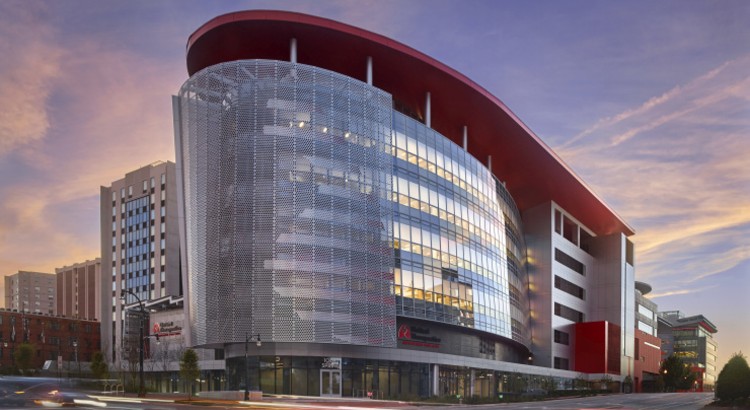This is one of five major green building trends we’ve identified for 2019. To explore more of them, check out our Five green building trends for 2019cover story.
Look at the construction cranes that puncture the skies over every major city. Most of them may as well be smokestacks.
Despite the spread of solar energy, energy efficient equipment and advanced designs, only a tiny fraction of the 60,000 or so new commercial buildings that will be completed this year will approach net zero carbon emissions.
That’s not even counting existing buildings. If our built environment is to meet its carbon emissions goals — whether that means cutting net emissions by half or eliminating them entirely — existing structures will have to be retrofit in meaningful numbers.
But there are signs that the net “zero energy” movement is getting to up scale. (For the purposes of this article, “zero energy” and “net zero” are interchangeable; both describe buildings that generate all their power from clean — or non-carbon-emitting — sources, in most cases onsite.)
“The global Net Zero Energy movement for commercial buildings quietly appears to have achieved critical mass,” one mainstream industry publication declared this month, adding that it “may soon be mainstream across multiple building classifications.”
One of those signs is Unisphere, the headquarters of United Therapeutics. At 135,000 square feet, it’s believed to be the largest net zero building in the United States. That superlative isn’t the only thing that makes Unisphere a poster child for net zero. Because the office building is in the dense downtown of Silver Spring, Maryland, its design team couldn’t get simply sow the surrounding countryside with an unlimited number of ground-based solar panels. Instead, they relied on rooftop solar and a slew of advanced efficiency features. Among them: Daylight harvesting, geothermal wells, natural ventilation, a high-performance envelope, electrochromatic glass and a building automation system.
Barely a decade after modern net zero buildings became remotely viable, such features are increasingly viewed as best building practices. Just as importantly, a growing number architects and engineers have grown proficient enough with such design solutions to have the confidence to pitch property owners to consider committing to net zero.
“This tribe is growing,” declaresCathy Higgins, research director at the New Buildings Institute. Her nonprofit tracks the movements progress with its biannual List of Zero Energy Project.
“In our debut list in 2012, I could name most of the firms of the 60 buildings,” Higgins wrote in a 2018 blog post. “Today’s list has approximately 70 mechanical-electrical-plumbing firms (MEP) and 100 architect firms involved in projects.”
The 2012 list included only 60 net zero buildings. That list counts both buildings that had been verified as operating at net zero for a full year, and those that were that were designed as net zero but were either under construction or not yet fully verified. On last year’s list, that number had already risen to 482. A year later, Higgins says, it’s approaching 600.
Advocates are hoping that such growth will generate a virtuous cycle by providing the critical mass needed for states to devise net zero “stretch” energy codes, for cities to factor net zero buildings into their clean energy plans, and for architects and engineers to make the case to their clients for net zero projects.
The building industry remains well behind in the race to eliminate carbon emissions, Higgins admits. But she’s confident that net zero will continue to accelerate through 2019.
“The exciting thing is that we now have functioning net zero buildings of every size and every type in every North American climate zone. Also a quarter of the buildings are owned by private for-profit companies,” she says. “This is the kind of diversity we need to start really scaling up.”
PHOTO AT TOP: Unisphere, the Silver Spring, Maryland, headquarters of United Therapeutics is the largest net zero building in the United States. Image courtesy United Therapeutics.
The Kendeda Living Building Chronicle reports on regenerative design and construction, which a special focus on the Kendeda Building for Innovative Design and Construction. To explore more of our Five Green Building Trends for 2019, click here.
EDITOR’S NOTE: This article has been updated.


